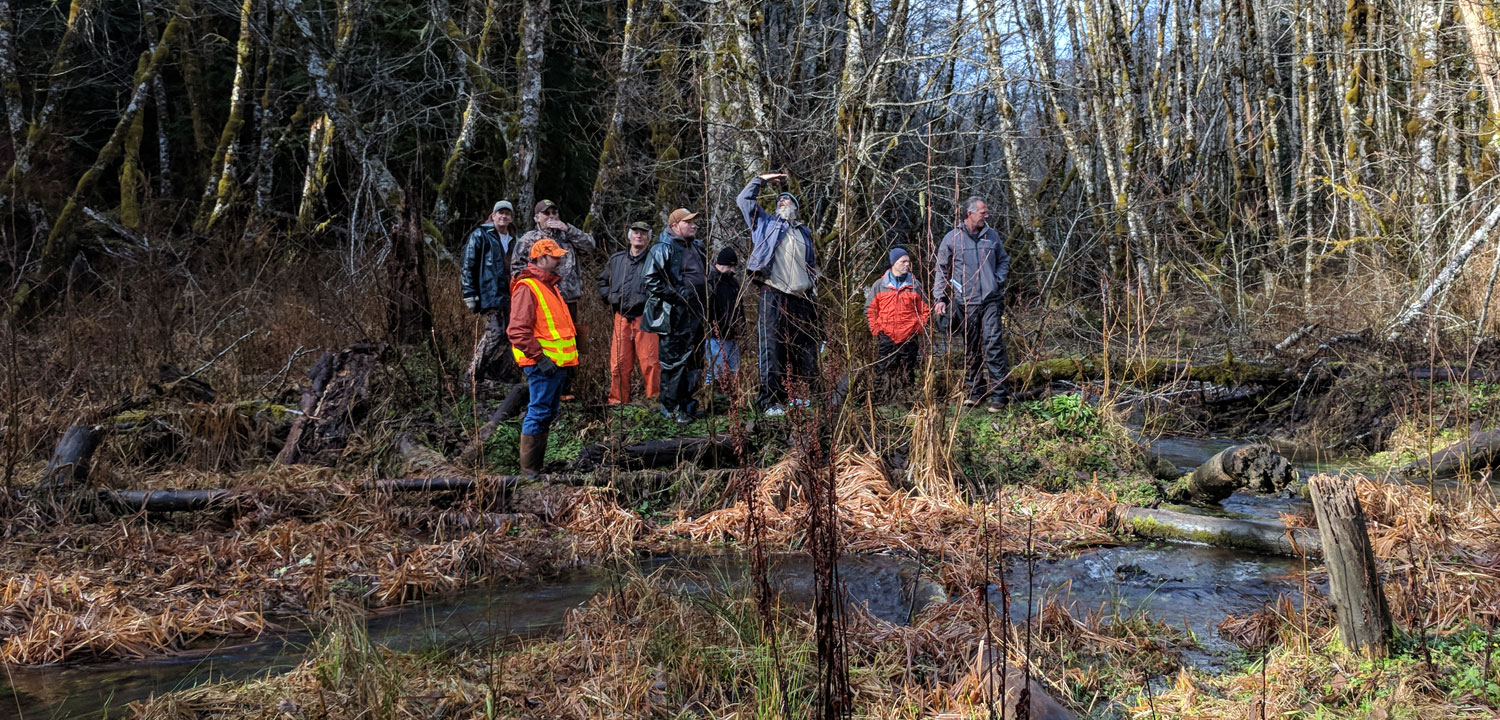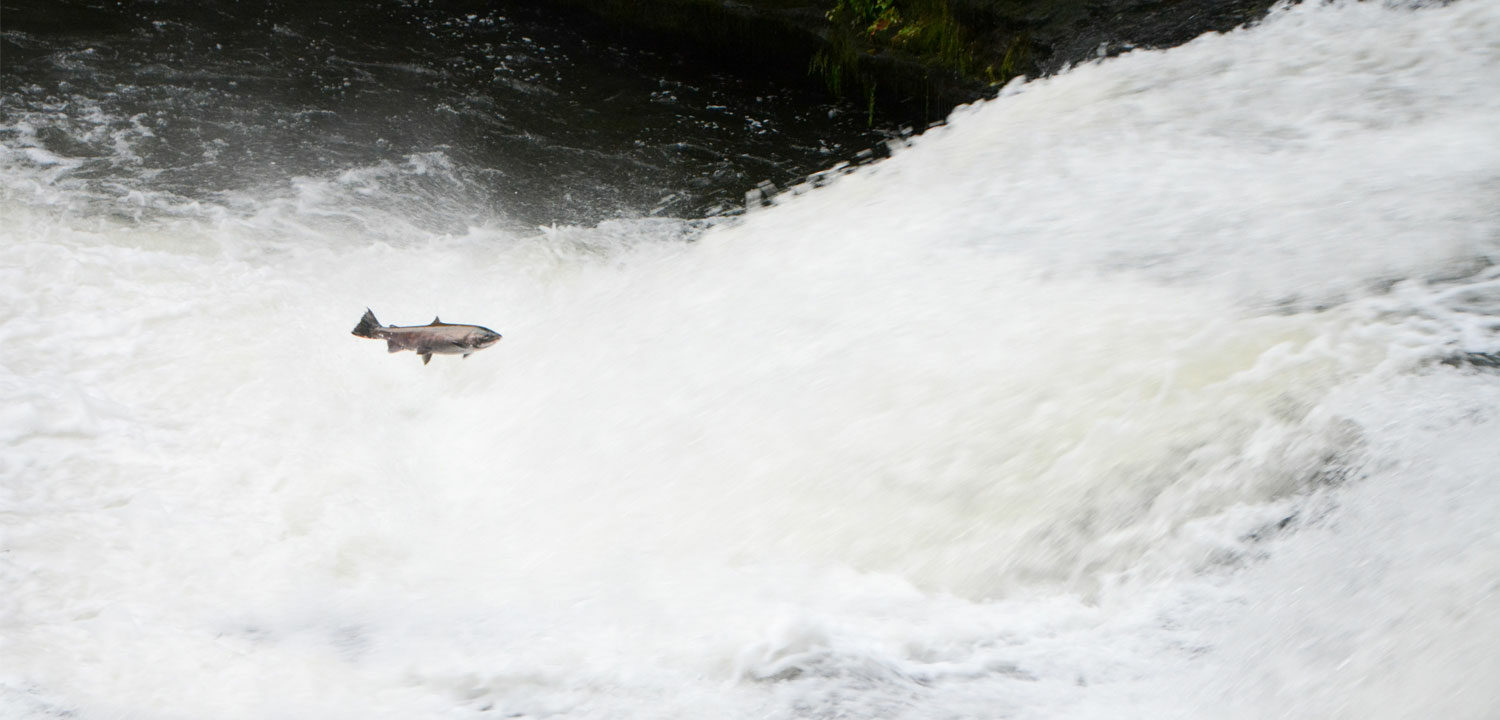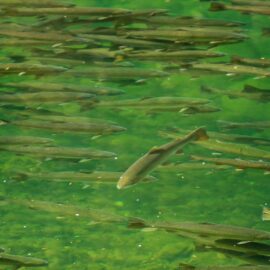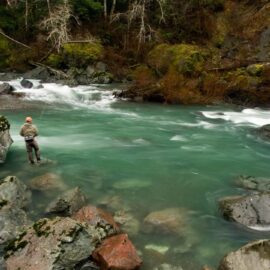Restoration Sets the Stage for a Coho Comeback.
The summer of 2018 marks an important new phase of our work for the future of one of the Pacific Northwest’s most beloved salmon populations, Oregon Coast coho. We are leading an effort with local watershed councils, soil and water conservation districts, state and federal agencies, and others to implement targeted and strategic restoration projects in three key watersheds: the Siuslaw, the Nehalem, and the Elk.
The health of coho is a vital indicator of the health of our coastal watersheds. Rebuilding coast coho habitat back to health has a ripple effect—Chinook, chum, cutthroat, and steelhead all realize the benefits. After a century of poor land use practices, the coho has been listed as threatened. This has put Oregon Coast coho at the center of many extensive (and expensive) attempts in the past to put their habitat back together. But what has been missing is the consensus of multiple partners around a long term local recovery strategy that ensures local, state, and federal restoration efforts are fully coordinated and leveraged.
Under the steadfast leadership of Mark Trenholm, Wild Salmon Center has stepped up to bring a more focused, science-based approach on the Oregon Coast. With the support of several state and federal agencies, we convened local and regional partners to undertake strategic planning in the three pilot watersheds. We began by working with local communities to clearly define shared goals. We then used the best analytical mapping tool layered with the latest science and local expertise to pinpoint priority restoration areas and actions.
In targeting these critical habitats, we will make sure local restoration partners generate the greatest possible benefit for every project dollar spent. These partners will reconnect rivers with their floodplains, plant cooling canopies of vegetation riverside, restore beaver to their historic locations, and employ other restoration strategies to ensure coho (and other salmon species) have rich and well connected instream, off-channel, and estuarine habitats.

In addition to facilitating the local processes, we’ve brought in over $3 million to support implementation of the first round of plans. In this first year of implementation, partners in the Nehalem will install 28 structures to attract beavers to create better coho habitat. In the Siuslaw, partners are using Chinook helicopters to undertake a large scale large wood installation project in several critical tributaries. Partners in the Elk are reconnecting the river’s lower mainstem to floodplain and wetland habitats that have been disconnected for almost a century.
While the restoration projects may be the more photo-worthy work this summer, Mark will be getting back to the foundational work of convening new partners to expand this successful model into three additional coastal watersheds: Siletz, Coos, and the Upper Rogue watersheds.
Restoration, of course, goes hand in hand with policy work underway at WSC to improve forestry practices and expand riverside protections in Oregon (such as our work to designate the Nehalem State Scenic River).
If we’re successful, Oregon Coast coho could become the first run of Pacific salmon recovered and removed from the endangered species list.



